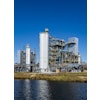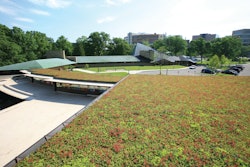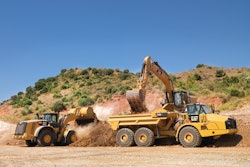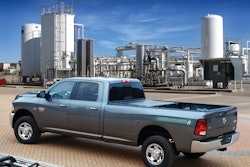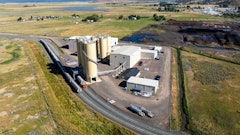
There has been a lot of buzz lately in the sustainability industry about rating systems. The U.S. Green Building Council (USGBC)’s LEED, or Leadership in Energy and Environmental Design, has long been an industry standard for sustainable building projects.
However, other systems to rate everything from roads to landscaping to fleets to construction worker safety are currently being, and have been, developed.
Take a look in this issue at Page 17 and the Federal Highway Administration (FHWA)’s Sustainable Highways Self-Evaluation Tool. Many of you in the asphalt and concrete industries already perform sustainable paving practices. Warm mix asphalt, full-depth reclamation (FDR), recycled asphalt shingles (RAS), supplementary cementitious mixes (SCM), pervious concrete and concrete repair are just a few ways asphalt and concrete contractors are “going green.”
While in its pilot stage, the Sustainable Highways Self-Evaluation Tool is a collection of sustainability best practices, called criteria, intended to help transportation practitioners measure sustainability in highway projects. The purpose of this website tool is to identify these criteria, to assist organizations in researching and applying those criteria, and to establish an evaluation method to measure the benefits and progress of sustainable highway projects.
On Page 18 you’ll find information on the Sustainability, Safety and Heath (SCSH) Rating System, which evaluates construction worker safety and health on construction projects. The idea is that by working together, owners/developers, designers, constructors and other project team members can positively impact construction worker safety and health — which improves project sustainability as well.
We covered the Association of Equipment Management Professionals (AEMP)’s Green Fleet program in our last issue. The program recognizes those fleets and fleet managers who actively pursue a greener fleet.
We also detailed The Sustainable Sites Initiative (SITES), the nation’s first voluntary guidelines and rating system for sustainable landscapes. These guidelines, led by the American Society of Landscape Architects (ASLA) in partnership with the Lady Bird Johnson Wildflower Center at The University of Texas at Austin and the United States Botanic Garden, apply to any type of designed landscape, with or without buildings, including commercial and public sites, parks, campuses, roadsides, residential landscapes, recreation centers and utility corridors.
Rating systems have taken root and are sprouting in all areas of sustainability: environmental, social and economic. What sustainability rating systems have you discovered? Let us know so we can share them with our readers.


